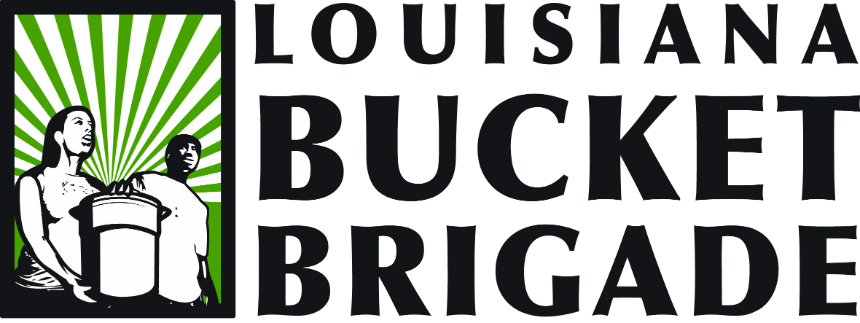
image source: PubChem | |
About the ratings
EWG provides information on personal care product ingredients from the published scientific literature, to supplement incomplete data available from companies and the government. The ratings below indicate the relative level of concern posed by exposure to the ingredients in this product - not the product itself - compared to other product formulations. The ratings reflect potential health hazards but do not account for the level of exposure or individual susceptibility, factors which determine actual health risks, if any.
Learn more |
Legal Disclaimer
references |
| government/industry list/academic study
| reference
|
| European Union - Classification & Labelling | CPS&Q (Consumer Products Safety & Quality) formely known as ECB (European Chemicals Bureau). 2008. Classification and Labelling: Chemicals: Annex VI of Directive 67/548/EEC through the 31st ATP. |
| Association of Occupational and Environmental Clinics | AOEC (Association of Occupational and Environmental Clinics). 2009. AEOC exposures codes and asthmagen designation. |
| Canada - Prohibited and Restricted Cosmetics Ingredients | Health Canada. 2007. List of Prohibited and Restricted Cosmetic Ingredients. Canada's Cosmetic Ingredient Hotlist. March 2007. |
| CHE Toxicant and Disease Database | CHE (The Collaborative on Health and the Environment). 2006. Toxicant and Disease Database. |
| EPA Clean Water Act - Priority Pollutants | |
| FDA Everything Added to Food | FDA (U.S. Food and Drug Administration). 2008. EAFUS [Everything Added to Food]: A Food Additive Database. FDA Office of Food Safety and Applied Nutrition. |
| Environment Canada Domestic Substance List | EC (Environment Canada). 2008. Domestic Substances List Categorization. Canadian Environmental Protection Act (CEPA) Environmental Registry. |
| EPA Integrated Risk Information System (IRIS) | EPA (U.S. Environmental Protection Agency). 2008. Integrated Risk Information System (IRIS). Evidence for human carcinogenicity based on 1986-2005 guidelines. |
| European Commission on Endocrine Disruption | EU (European Union)- Strategy for Endocrine Disrupters 2007. Commision on endocrin disruption requested by the European Parliament in 1998. |
| IFRA Fragrance Ingredient List | IFRA (International Fragrance Assocication). 2010. IFRA Fragrance Ingredient List based on 2008 Use Survey. Accessed online 01/04/2010: http://www.ifraorg.org/Home/News/Latest-News/page.aspx/66?xf_itemId=43&xf_selectionDatapartId=25 |
| EPA Hazardous Air Pollutants | EPA (U.S. Environmental Protection Agency). 2005. Office of Air. The 112(b)1 Hazardous Air Pollutants List (as modified). Last modified: 12 Dec 2005. |
| National Library of Medicine HazMap | NLM (National Library of Medicine). 2006. HazMap — Occupational Exposure to Hazardous Agents. |
| Int'l Agency for Research on Cancer (IARC) - Carcinogens | IARC (International Agency for Research on Cancer). 2008. Overall Evaluations of Carcinogenicity to Humans, as evaluated in IARC Monographs Volumes 1-99 (a total of 935 agents, mixtures and exposures). |
| EPA Categorized List of Inert Pesticide Ingredients | EPA (U.S. Environmental Protection Agency). 1987 & 2005. Office of Pesticide Programs. Inert (other) Pesticide Ingredients in Pesticide Products - Categorized List of Inert (other) Pesticide Ingredients. |
| Japan's Standards for Cosmetics | Japan Ministry of Health, Labour and Welfare. 2006. Standards for Cosmetics. Evaluation and Licensing Division. Pharmaceutical and Food Safety Bureau. |
| Chemicals known to be neurotoxic to humans | Grandjean P and PJ Landrigan. 2006. Developmental neurotoxicity of industrial chemicals. Lancet. 2006 Dec 16;368(9553):2167-78. |
| Emerging PBTs from peer-reviewed literature | Emerging PBTs from peer-reviewed literature |
| EPA Toxic Release Inventory PBTs | EPA (U.S. Environmental Protection Agency). 1999. Toxics Release Inventory Program. PBT Chemical Rule. |
"RTECS®" is a United States trademark owned and licensed under authority of the U.S. Government, by and through MDL Information Systems, Inc.





Connect With Us: